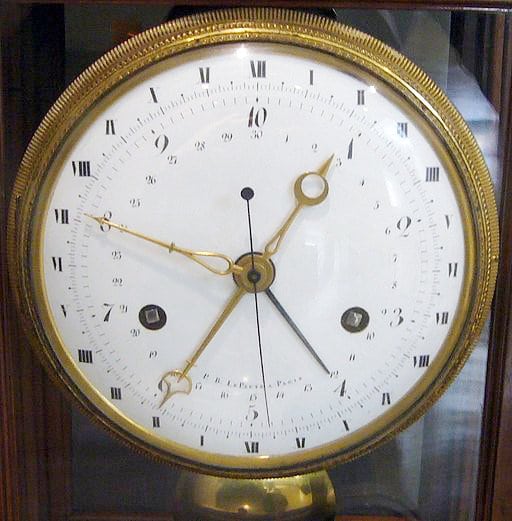

Note the movement of the leap day to between the 6th and 7th months. The general principle is that those months and days during which the sun is usually north of the celestial equator contain the root "nord" (French for north), while those months and days when the sun is generally south of the celestial equator have the root "sud" (French for south): To alleviate this criticism, the following generic names are proposed as alternatives. Some critics have complained that the names of the months and complementary days are too Eurocentric, either climatically or culturally. If this rule is followed then the first day of Vendemiaire would always fall on September 22. If it is desired to link this calendar to the current Gregorian Calendar, I recommend having the leap day occur whenever necessary to have January 1 and Nivose 11 fall on the same day. There have been several leap year rules proposed for the French Republican Calendar, because the original decree for the calendar was unclear. This causes every third month within any one calendar year to begin on the same day of week.

This is not a leap week calendar, this arrangement forms quarters of whole 7-day weeks, whether considered from the preceding or following complementary days. In this form either 10-day weeks or 7-day weeks can be used. Traditionally, the French Republican Calendar used 10-day weeks. The Balanced French Calendar by Walter Ziobro takes the complementary days of the French Republican Calendar and distributes them among the quarters, in a very similar way to the Universal Celestial Calendar, in the following sequence (thus "balancing" each quarter nearly equally):


 0 kommentar(er)
0 kommentar(er)
